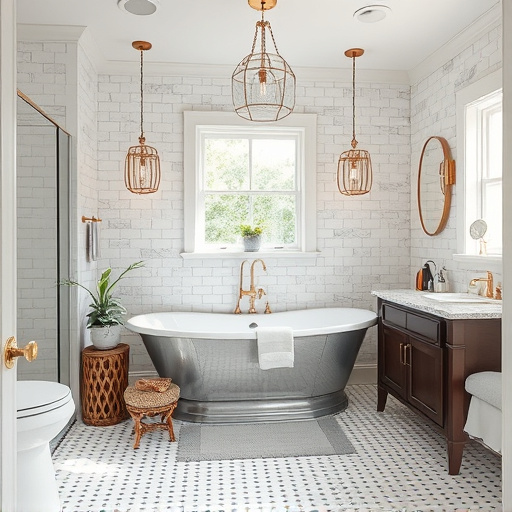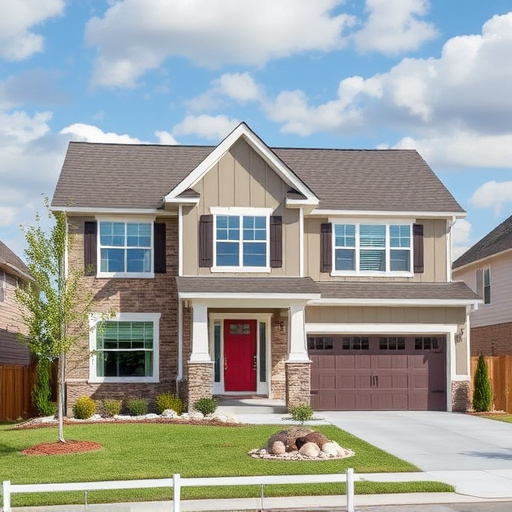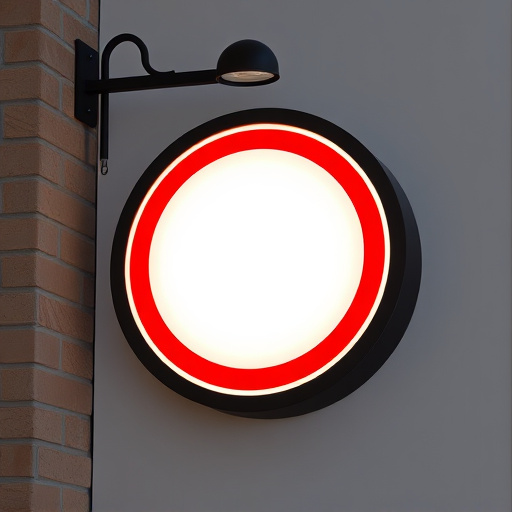Residential window tinting is a popular choice for homeowners seeking to enhance their living spaces with various benefits like UV ray blocking, heat reduction, and increased privacy. Different coating types, such as metalized films for energy efficiency or dye-infused films for aesthetics, cater to diverse needs. Proper installation by professionals aligns tinting with architectural features, offering solutions for modern large windows (ceramic tinting) or smaller traditional ones (paint protection film). Regular maintenance ensures optimal performance, contributing to enhanced ambiance, reduced heat, and increased privacy, ultimately boosting home resale value akin to automotive ceramic coatings.
“Elevate your home with the transformative power of high-quality residential window tinting—a versatile solution tailored to any space. From compact apartments to expansive mansions, this article guides you through the benefits and types of window tinting, ensuring a perfect fit for every aesthetic. Learn how to select the ideal tint for your home’s size and style, understand the installation process, and discover maintenance tips to maximize the advantages of residential window tinting. Enhance privacy, save energy, and protect your interior—all while enjoying a stylish upgrade.”
- Understanding Residential Window Tinting: Benefits and Types
- Choosing the Right Window Tinting for Your Home's Size and Style
- Installation Process and Maintenance Tips for Optimal Results
Understanding Residential Window Tinting: Benefits and Types

Residential window tinting is a popular choice for homeowners looking to enhance their living spaces and enjoy numerous benefits. It involves applying protective coatings to windows, which can block out harmful UV rays, reduce heat buildup, and offer privacy. These coatings are available in various types, each with unique advantages. For instance, metalized films reflect heat and light, providing excellent energy efficiency, while dye-infused films offer a range of colors and tints for aesthetic appeal.
This technology isn’t just about improving comfort; it’s also a practical solution for safeguarding furniture and flooring from fading due to sun exposure. Moreover, residential window tinting can increase security by making it harder for intruders to see inside, providing an extra layer of privacy. Just as car customization has evolved with advanced protective coatings, residential tinting offers a similar transformation, allowing homeowners to customize their spaces while adding value and comfort to their properties.
Choosing the Right Window Tinting for Your Home's Size and Style

When considering residential window tinting for your home, selecting the right type of tint for its size and style is paramount. Different homes have distinct architectural features, and each requires a tailored approach to achieve optimal results. For instance, larger windows in modern designs can benefit from ceramic window tinting, which offers advanced heat rejection and UV protection while preserving a clear view. On the other hand, smaller, more traditional windows might suit paint protection film, known for its easy application and ability to safeguard against scratches and chips.
The key is to assess your home’s unique characteristics—its size, shape, and style—and choose a window tinting option that aligns with these factors. Professional installers can guide you through this process, ensuring the perfect fit and aesthetic appeal. Whether enhancing a spacious, contemporary residence or a cozy, vintage-style home, the right window tinting solution will not only protect your interior from harmful UV rays but also enhance energy efficiency, privacy, and the overall ambiance of your living space.
Installation Process and Maintenance Tips for Optimal Results

The installation process for residential window tinting is both precise and efficient. First, a professional applies a thin layer of tinting film to each window, ensuring complete coverage without bubbles or wrinkles. The film is then carefully cut and trimmed to fit perfectly, enhancing the aesthetic appeal while maintaining transparency. Once applied, the tint is cured under specific conditions to achieve optimal performance.
Regular maintenance plays a crucial role in preserving the effectiveness of residential window tinting. Simple cleaning with a soft cloth and water is recommended to remove dust or fingerprints. Avoid using aggressive cleaners or scrubbers that could damage the tint. Additionally, inspect the films periodically for any signs of damage, such as cracks or peals, and promptly replace if necessary. Considering the protective benefits extend beyond aesthetic improvements—including enhanced privacy, heat reduction, and vehicle protection—regular upkeep ensures the initial investment translates into long-lasting advantages, complementing your home’s ambiance and possibly even its resale value, much like a high-quality ceramic coating in automotive detailing.
Residential window tinting is a versatile solution for any home, offering both aesthetic appeal and practical benefits. By choosing the right tint for your space, you can enhance energy efficiency, reduce glare, and create a comfortable living environment. The installation process, while seemingly straightforward, requires professional expertise to ensure optimal results. With proper care and maintenance, high-quality window tinting will provide long-lasting advantages, making it a valuable investment for any home owner. Embrace the benefits of residential window tinting and transform your space today.














